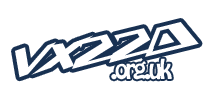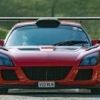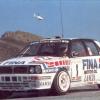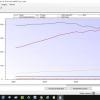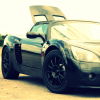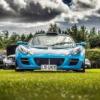Best is to think of the (any) mapping split in 2; the low load & cruising part and the power part.
Most mappers on a dyno tend to spend most time on the power part, as that is what the customer wants to see on the final dyno graph. Adjust AFR and timing for max results and done. (This part is best done with a Wideband sensor feedback.)
However, getting the low and part throttle part spot on takes lot more time and that can become a costly business if you have to pay for dyno time. Especially if you start with a heavily modified engine. 
Here OBD starts to shine, as this low load & cruise part can be perfectly learned with OBD by the ecu itself on the road, as that is exactly what it does during normal driving; measure the AFR ratio with the O2 sensor in closed loop and adjust fuel trims accordingly. (only there is a limit on the amount of trimming available; 20% max or so.)
OBD fuel learning does nothing more than swiching the ECU in closed loop and let is sort itself out in closed loop mode @14.7AFR. After learning it looks to the measured fuel trim correction for every cell and then correct the fuel cells accordingly. With a few learn passes it can so correct fuelling so the normal fuel trims are withing a few % spot on.
Off course you can simulate the road driving part perfectly on a dyno and with a good mapper even improve. But keep in mind that OBD is tailored for road mapping, so doing the process with OBD on a dyno will need some thought out strategy from the mapper. 
